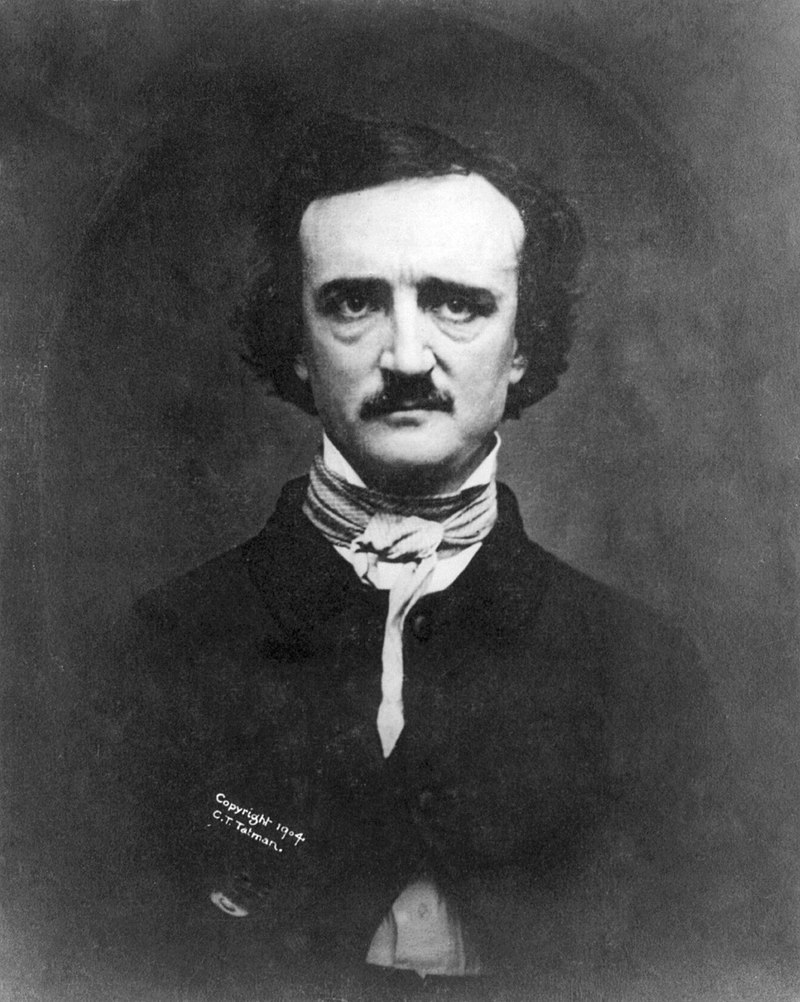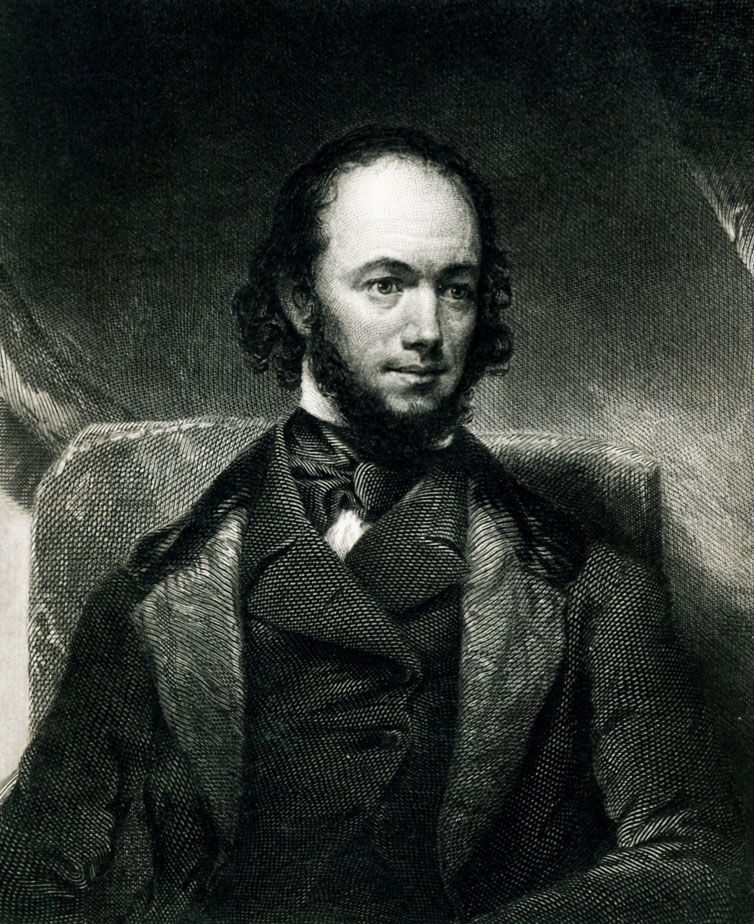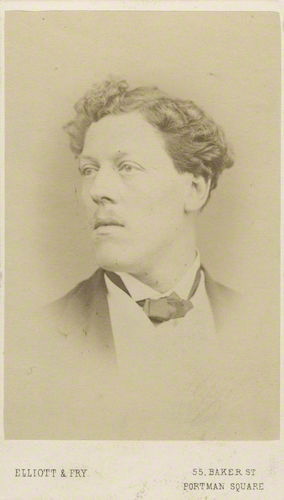The first day of the conference was brilliant. I wasn’t going to do a pitch, but circumstances combined and I ended up doing one. And the good news is that I now have to send a partial to Pan Macmillan Australia! Yay!
Monthly Archives: October 2015
Conference
I am off to a writing conference today, which lasts for three days. Updates will be sporadic. Normal service will resume on Monday.
Filed under Personal experience
Muriel Matters – Suffragette Shero
Auzzie!
Muriel Matters was an actor & suffragist who became known for her daring stunts in the campaign for votes for women. She was born in South Australia 1877 and was the third oldest of 10 children. She studied Music at the University of Adelaide.
in 1894, when Muriel was a young woman, the colony of South Australia became the first self-governing territory to give women equal franchise on the same terms as men; young women like Muriel could not only vote at state elections but could also nominate for a seat in Parliament.
View original post 715 more words
Filed under Uncategorized
Nasty Pieces of Work: Real-Life, Victorian-Era Villains

Rufus Wilmot Griswold

Charles Augustus Howell
Villains were easy to find in Victorian times. This is a quick glimpse at two of my personal favourites: Rufus Griswold and Charles Howell. Both men can claim to utter scoundrels, and both were two-faced to their purported friends.

Edgar Allan Poe – lucky to be so talented as to survive a smear campaign after his demise.
No one is quite sure what disease or defect killed Poe, but for a long while people were convinced he died of alcoholism. This is because Mr Griswold wrote Poe’s obituary – under the pename of ‘Ludwig’ – and then set about blackening Poe’s name. He also went on to fraudulently become Poe’s literary executor. He had a document where Poe’s aunt, Maria Clemm transferred her power of attorney to Griswold, dated October 20, 1849, but there were no witnesses signatures and Maria Clemm wasn’t even Poe’s closest relative – legally, his sister should have been left the rights to Poe’s works. Still, Griswold got what he wanted, full access to Poe’s papers.
Griswold went on to a biographical article about Poe called “Memoir of the Author”, in which he depicted Poe as a drunkard and a drug-addled madman. Most of his claims and facts were distortions and downright lies. As Poe’s work became popular and their as increased academic recognition of his literary influence, further research into his life and legacy uncovered Griswold’s small-minded attempt to destroy Edgar Allan Poe’s reputation as a writer.

Engraving of Rufus Wilmot Griswold – a heart of darkness well disguised .
And why was Griswold so bent on removing Poe from the literary canon?
Griswold wanted American poets to be added to the American curriculum, which at that time was dominated by English poets. A noble ambition, you might think. He even went on to print a textbook with this aim in mind, The Poets and Poetry of America. Poe had the audacity to criticize the book, commenting that it ‘unduly favoured’ New England writers. Before that, the men had been on relatively friendly terms.
Charles Augustus Howell was a liar, art forger, and blackmailer, that that is only the high points of his character. It really is hard to know where to start with this chap. These days, he is best known for persuading Dante Gabriel Rossetti to dig up the poems he buried with his wife, Elizabeth Siddal. He went on to have his lover, Rosa Corder, to forge drawings in Rossetti’s style. To top things off, his reputation as a blackmailer inspired Arthur Conan Doyle to use him as a basis for the antagonist in Sherlock Holmes story, “The Adventure of Charles Augustus Milverton”. He really was two-faced, seemingly friends with the very people he was robbing and blackmailing.

Charles Augustus Howell – a bad hat.
He made up a new story of his childhood every decade or so, so his childhood is something of a mystery. Therefore, it is somewhat ironic that the circumstances of his death are somewhat muddled. In some reports, he died of tuberculosis. In others, he was found murdered outside a Chelsea public house, with his throat slip and a coin jammed between his teeth. The coin was thought to symbolise an accusation of ‘slander’.
These two are exactly the sort of men you expect to tie damsels to a train tracks.
Filed under Antagonist, Characterization, Historical Personage, History, Steampunk Genre, Victorian Era
Fatal Fashion; A Steampunk Feminist Perspective

Mauve boots dyed with the new synthetic colour dye containing arsenic, picric acid, and other toxic chemicals, circa 1860s, from the collection of the Bata Shoe Museum

It is estimated that, during the late 1850s and late 1860s in England, about 3,000 women were killed in crinoline-related fires. In 1861, Fanny Appleton Longfellow died from the burns when her dress caught fire. In 1871, Oscar Wilde’s half-sisters, Emily and Mary, died of burns sustained after their evening gowns caught fire.

The Tragedy of Continental Theatre Fire in Philadelphia, 1861. Six or nine ballerinas died (reports vary). Four of fatalities were from the one family; they were the celebrated Gale sisters, from England. The problem was the flammable gauze of the costumes, that blazed fiercely when alight.
Filed under Fashion, Plot, Steampunk, Steampunk Feminist, Steampunk Genre, writing
The Aeronaut’s Windlass
(Long absence again! Can’t promise anything. But – here’s a post for now!)
So I wasn’t going read Jim Butcher’s latest, because it’s steampunk and steampunk really isn’t my thing. But my mom bought it for me – she knows I love Butcher’s work and very kindly always preorders his stuff off Amazon for me – and I’m so glad she did. I wouldn’t have given it a chance otherwise and it’s certainly worth reading!
The Aeronaut’s Windlass takes place in an alternate world, where people live on giant, man-made mountains – Spires-, forever under ceilings that cover all the living space. They travel from place to place via crystal-powered ships (and wear goggles to protect them from the sun.) The crystals are powered via ether, a magical presence that flows through the world – very much like the Force. The basic premise is that one of the Spires, which…
View original post 623 more words
Filed under Uncategorized
The Girl Who Died: a Doctor Who Episode Review
Spoilers Sweetie! Be Warned.

Ashildr and the Doctor
‘The Girl Who Died’ was a classic episode. Witty dialogue. Monsters. The Doctor translating a baby’s cries; nicely done, and much more poignant than Stormageddon’s dialogue. Dragons! Gods! Clever use of the Sonic Sunglasses. When the episode finished, I felt cheated because it felt way too short.
Ashildr is possibly my favourite character ever, apart from Osgood. I know exactly how having an over-active imagination can make you feel isolated, and how you appreciate those friends and family who love you even if they don’t understand. I hope Ashildr finds at least one person who understands her as well as loves her; I’ve been lucky enough to marry such a person AND give birth to one.
However, my favourite moment in the episode was the moment the Doctor recognised why he had ‘chosen’ this face. It was lovely to see that the legacy of Donna Noble will never leave the Doctor. She made him a better person.
I can’t wait to see ‘The Woman Who Lived’. Apart from the clever use of ‘Who’ in the title, I really want to see more interaction between the Immortal Storyteller and the Doctor.
Filed under Doctor Who, Review





